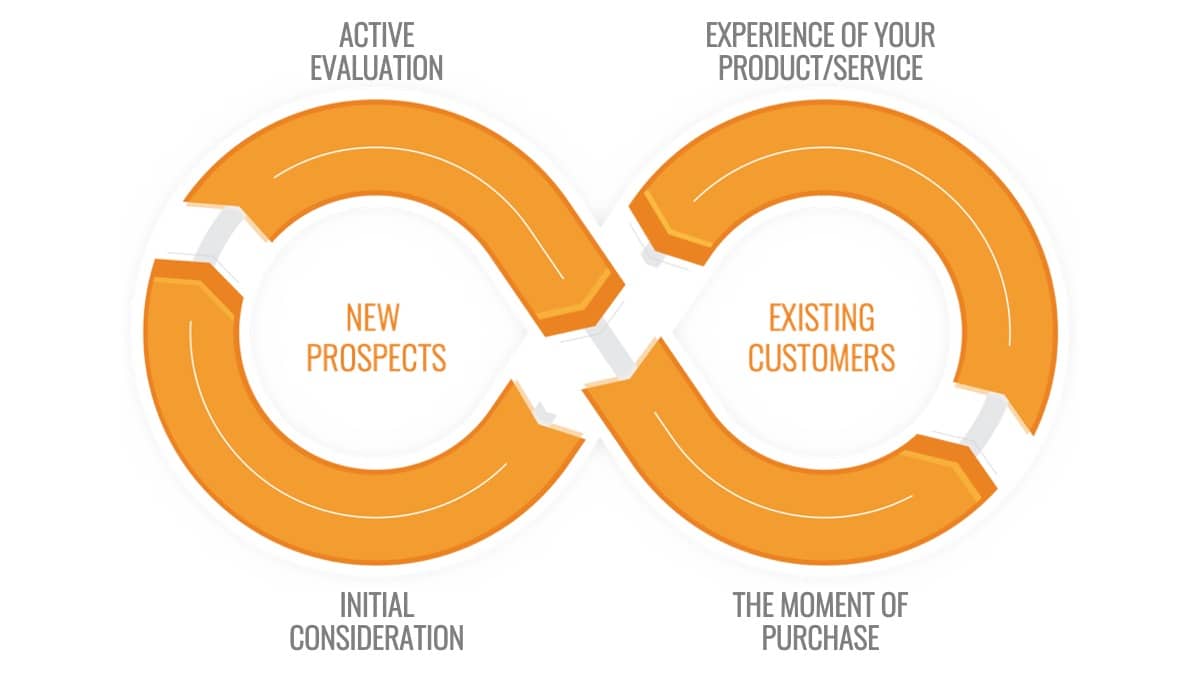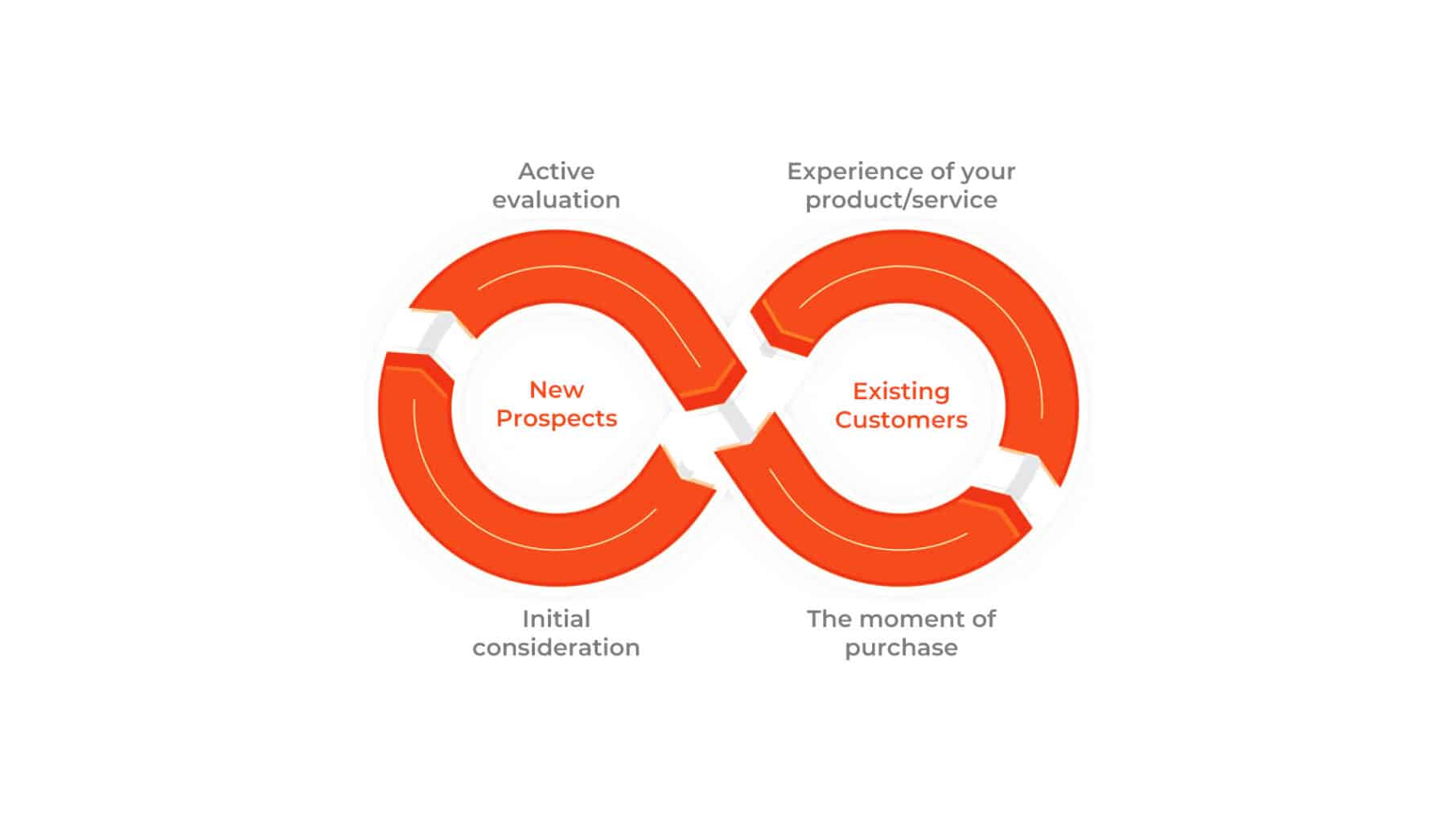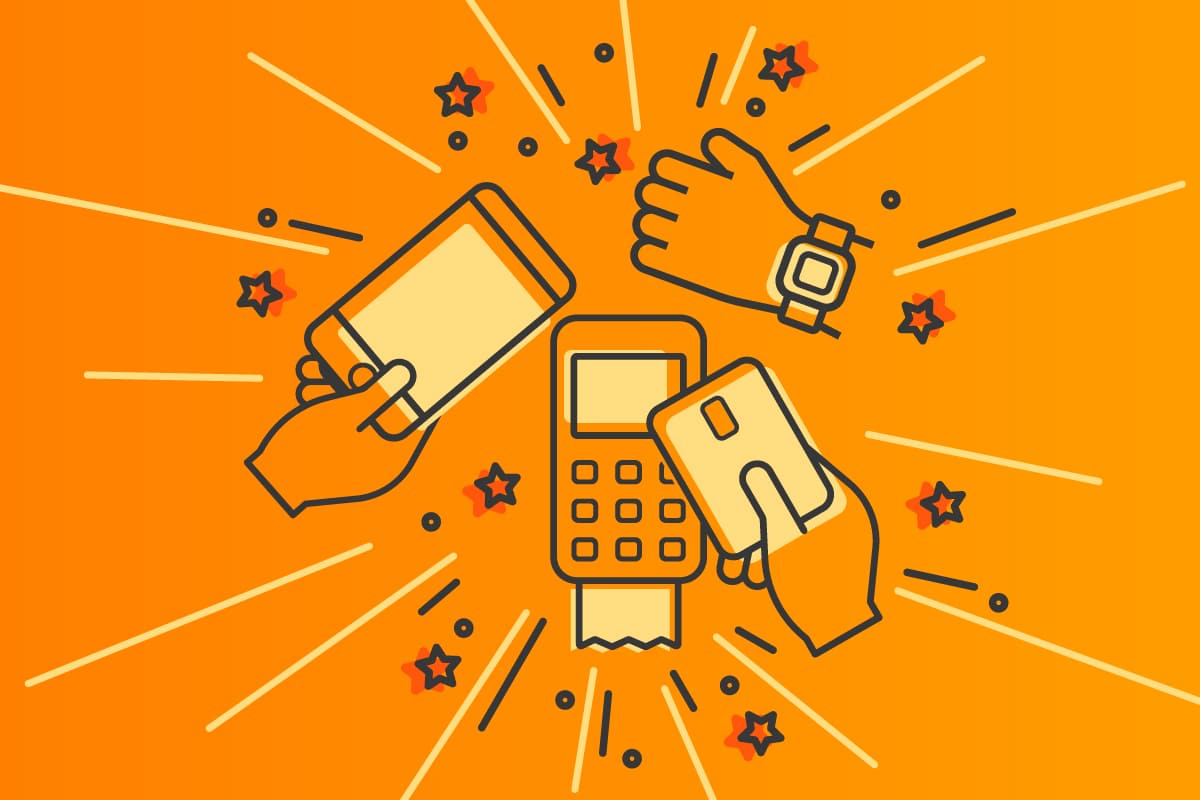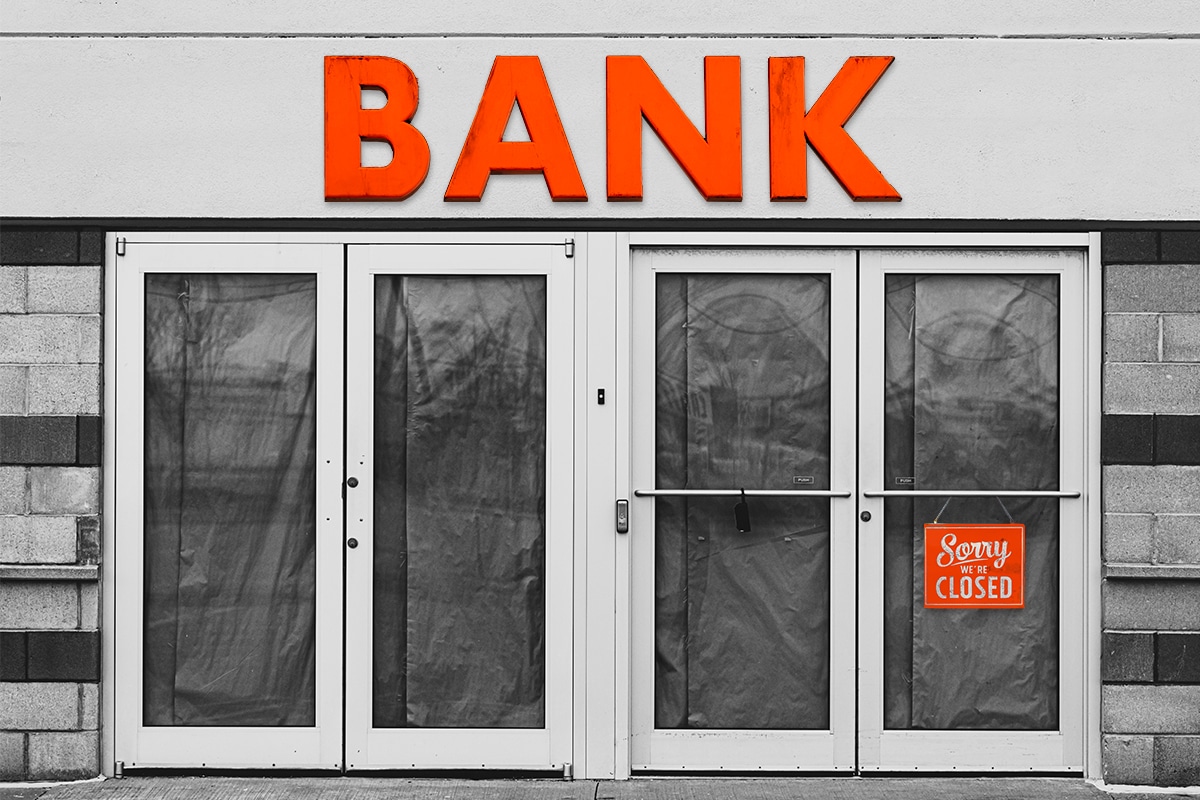While persona work helps you understand your audiences and how to communicate with them, buyer journeys or customer journeys help define WHERE to communicate with your target audiences.
Customer journeys describe a series of choices consumers make throughout their day-to-day life, or their journey, that could influence their purchasing decisions.
Don’t waste dollars in the wrong channels
It’s important to understand the entire customer journey, so that we can:
- Effectively communicate all the way through it
- Maximize our chances that our personas will purchase our products
- Ensure that we’re communicating in the RIGHT channels and not wasting precious dollars in spaces where our target customers may not actually be active
Defining value
What customer journeys help us understand are the touchpoints in which our offering will be super relevant to our target customer’s current mindset. That’s where true marketing success lives.
On average, it takes 7-9 touchpoints to convert a looker into a purchaser.
We can’t assume that one touchpoint is all it will take to convince our target customers to buy our product, so we need to look at the rest of their journey to find other logical places for us to communicate.
The four essential stages of the customer journey

Initial consideration
This is where your target customer (buyer) does research – are they online? Are they reading the Sunday circular?
This informs channels you should be present in so that you’re visible, or have awareness. This might include your website, and other places like Facebook, Google searches, Instagram, etc.
Active evaluation
This stage starts to inform the types of content your target customer will need in order to support their research and effectively evaluate your product/service.
The target customer moves to this stage once they engage with a touchpoint like an online ad, see your point-of-sale marketing in-store, or choose to follow your digital influencer, and/or draw on previous experiences with your product or brand.
The moment of purchase
This stage informs what we need to focus on in the proverbial last three feet between your target customer and the product/service to make them want to buy.
For retail this might be where your consumer has an in-store experience. They see your packaging design, evaluate shelf-talker promotions, or even consult with a store clerk.
Experience of your product/service
This should not be considered the final phase; it should be considered the phase that kicks off an ongoing relationship where the customer is constantly going through this journey and you as a brand are inspiring repeat purchases.
This is the loyalty phase.
Recommended Reading: The 6 Steps to Create An Effective Customer Journey Map
Develop a sound marketing strategy
Buyer personas and customer journeys are two tools that can help you build a strong marketing strategy for your brand. Read more about how these two tools, plus three marketing must-haves, can ensure you have a strong marketing foundation.








